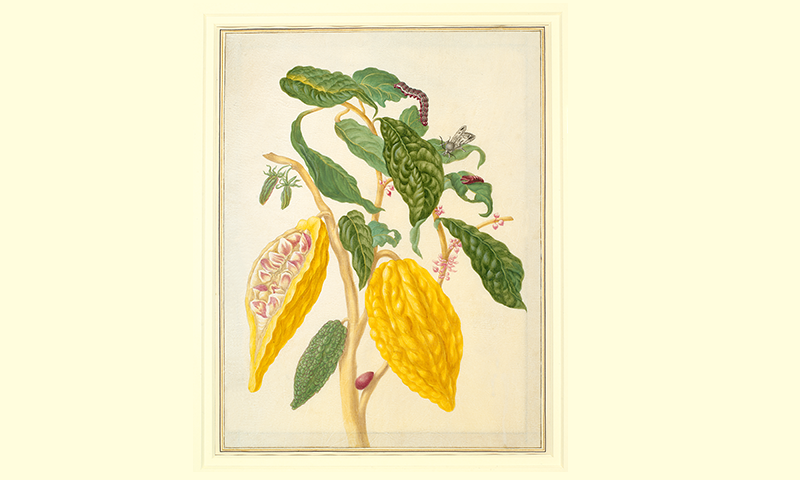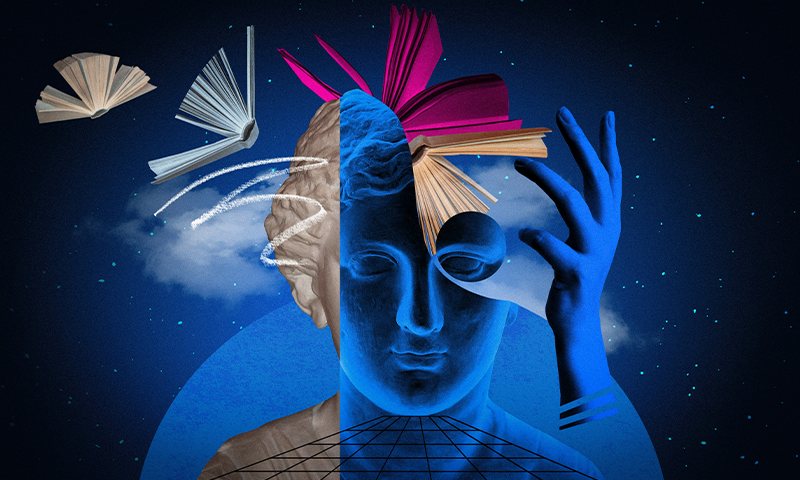Now Reading: Exploring Nature’s Connection: The Female Artist Linking Plants and Insects
-
01
Exploring Nature’s Connection: The Female Artist Linking Plants and Insects
Exploring Nature’s Connection: The Female Artist Linking Plants and Insects

Quick Summary
- The article recounts the work of Maria Sibylla Merian, a pioneering artist and entomologist from the 17th century.
- Born in Frankfurt, she combined her artistic skills with an interest in entomology, publishing detailed studies of insect life cycles between 1679 and 1683.
- In 1699, Merian traveled to Suriname, then under Dutch control, to study plants and insects in their natural habitat.
- She relied on Indigenous people and enslaved African laborers for botanical knowledge but also exploited enslaved labor for expeditions into forests.
- her research included documentation on the medicinal uses of plants alongside descriptions of insects’ interaction with flora.
- Upon returning to Amsterdam following illness (perhaps malaria), Merian published Metamorphosis Insectorum Surinamensium, featuring hand-colored illustrations that innovatively depicted interconnected ecological relationships between plants and insects.
- The book had a lasting impact on scientific illustration traditions.
Read more: The Female Artist Who Showed how Plants And Insects Relate
Indian Opinion Analysis
While Maria Sibylla Merian’s contributions to art and science are inspiring as early examples of interdisciplinary scientific exploration, they highlight several broader implications relevant today. First is the theme of colonial reliance on Indigenous knowledge-Merian’s findings benefited greatly from local expertise but were ultimately packaged through a European lens without crediting those sources adequately or questioning systemic exploitation such as slavery tied to plantation economies.
her work serves as a reminder for India about preserving its wealth of biodiversity alongside indigenous wisdom. With advancements in fields like agro-biology or environmental sustainability dependent upon ancient plant interactions akin to what Merian studied-to ensure equitable partnerships while continuing innovation may prove critical going forward.























